Why Steel
Finishes, Coatings, and Fire Protection
Fire can strike anywhere and anytime, so it's crucial to plan for the worst.
Building codes specify the number of hours a structure must withstand a given temperature, based on a variety of characteristics of the building in question. There are three key considerations when creating a fire protection plan: life safety, fire suppression, and protection of the structure. We’ll focus on common ways to protect a steel structure here. You can find more information about life safety, fire suppression, and protection of the structure in AISC's Design Guide 19: Fire Resistance of Structural Steel Framing.
Effect of Temperature on Steel...
Even noncombustible materials such as steel can be affected by high temperatures. However, because structural elements are not usually loaded to their full design strength, even bare steel may have sufficient load-carrying capacity to withstand the effects of fire.
In general, structural steel retains 60% of its ambient temperature yield strength at 1,000 °F--and most building fires exceed that temperature at some point.
The standard ASTM fire test uses constantly increasing temperatures, assuming that the fire has an infinite supply of fuel and the members are loaded to full design load. When building codes specify fire-resistant construction based on the results of these tests, structural steel elements must be insulated with protective materials.
Many such materials and systems have performed well in testing. Contractors must take great care to install all of them properly while maintaining the physical integrity that makes them insulate so well.
Structural steel buildings perform well when exposed to fire.
Steel is a durable, noncombustible, fire-resistant material. When properly designed and constructed, steel framing can preserve its structural integrity in the event of a fire and exposure to prolonged elevated temperatures. The International Building Code (IBC) and other current building codes contain prescriptive criteria for determining when and what requirements apply for the various types of construction, heights, areas and occupancies.
Fire protection is accomplished through a combination of active and passive fire protection methods. Many steel-framed structures, including some low-rise buildings, sports stadiums and open-deck parking structures, do not even require fire protection or only require active fire protection (sprinkler systems). However, when passive fire protection is required there are several cost-effective coating options that can not only achieve a suitable fire rating, but also look attractive if the steel is left exposed.
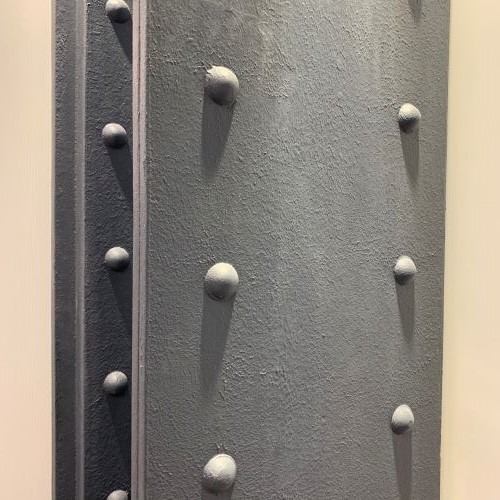
Intumescent Coatings
Intumescent coatings are epoxy-based, paint-like mixtures applied to the primed steel surface. When subjected to high heat, these coatings expand to many times their original thickness, forming an insulating blanket that protects the steel member from heat. These coatings allow for fire ratings of up to four hours.
Intumescent coatings can effectively balance architecturally exposed structural steel design elements with fire rating requirements. However, intumescent coatings are more expensive, costing several times the price of common spray-applied systems. The cost of intumescent coatings increases as the required fire rating increases. These coatings are generally used only to protect exposed steel. A single member may frequently have a combination of systems: spray-applied fibrous systems on hidden portions, and intumescent coatings on exposed portions.
Exterior Intumescent Coatings
Exterior intumescent coatings are used in heavy industrial environments or when steel is located on the outside of a building and still needs a fire rating. Exterior intumescents also serve well in locations with tight space restrictions like elevator shafts, where a thinner, alternative option to conventional cementitious fireproofing is desired.
Gypsum
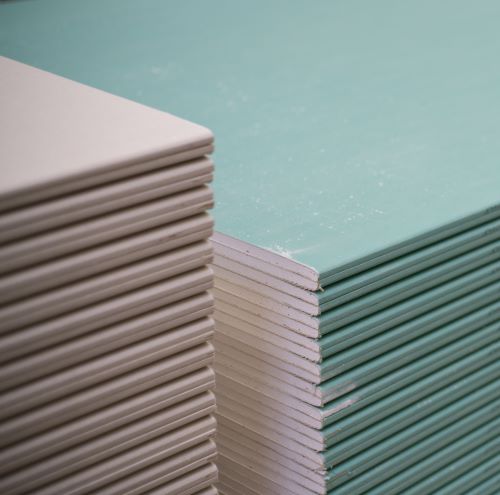
Gypsum is commonly used for fire protection, and it comes in a variety of formats. Adding lightweight mineral aggregates such as vermiculite and perlite can significantly increase the effectiveness of gypsum-based fire protection systems.
Gypsum plaster can be applied over metal or gypsum lath. If your project uses gypsum plaster, the contractor must be sure to properly install the lath, then apply the required thickness of the properly proportioned mix.
Gypsum wallboard, meanwhile, can be installed over cold-formed steel framing or furring and comes in a few different varieties. Type X wallboards have specially formulated cores that provide greater fire resistance than regular wallboard of the same thickness. In addition, many manufacturers produce proprietary wallboards that are even more resistant to fire. It is important to verify that the wallboard used in construction is the one specified in the final design. In addition, special types and spacing of fasteners and furring channels may be required.
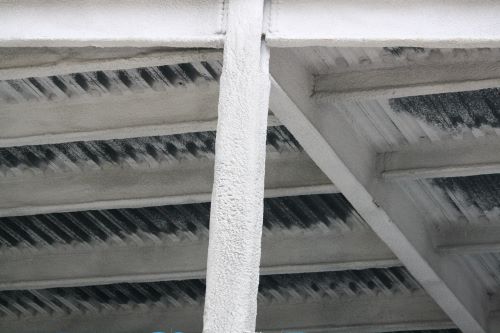
Conventional Coatings | Spray-Applied Fire-Resistive Material (SFRM)
The most widely used fire protection materials for structural steel are mineral fiber and other cementitious materials that are sprayed directly onto the contours of beams, columns, girders, and floor/roof decks. Spray-applied, fire-resistant materials (SFRMs) expand and insulate structural steel to prevent failure that can result from rapidly rising temperatures. SFRMs are typically used if steel is hidden from view, such as above a room's ceiling or behind its drywall.
These materials are proprietary, so it's particularly important to mix and apply each product according to the manufacturers' instructions. UL publishes fire-resistant designs with different types and thicknesses of material.
Be sure to remove dirt, oil, and loose scale before applying these materials, as defects like these can affect adhesion. Light corrosion is fine and will not have an adverse effect on adhesion.
Steel will likely arrive at your construction site after being primed by the fabricator. Be sure to use a fireproofing material that is approved for application over a primer to ensure a good bond between the sprayed material and the primed steel member.
A number of materials are approved for this application. In addition, research has shown that it is not necessary to paint structural steel when it is protected, such as with spray-applied fire protection materials, or fully enclosed between the inside and outside walls of a building.
Suspended Ceiling Systems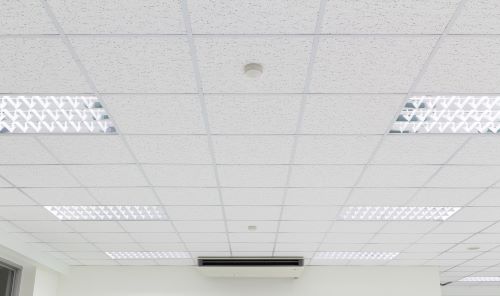
Suspended ceiling systems protect floors, beams, and girders. UL publishes fire resistance ratings for each of the proprietary systems that are available. When planning to use a suspended ceiling system, remember to carefully protect openings for light fixtures, air diffusers, and similar accessories. The manufacturer will provide specific instructions to facilitate that protection as well as the integration of ceiling tile, grid, and suspension systems. Be sure to follow those instructions carefully.
In case of load transfer trusses and/or girders that support loads from more than one floor, building codes may not allow the use of suspended ceiling systems.
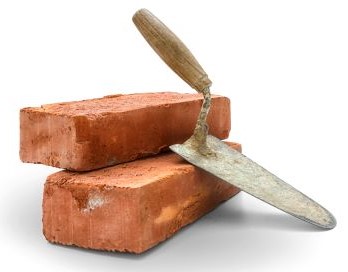
Concrete and Masonry
In past decades, concrete was the most widely used material for structural steel fire protection, though its relatively high thermal conductivity does not make it a particularly efficient choice. As a result, concrete is no longer widely used for the purpose of fire protection.
A notable exception is the growing use of composite construction, such as concrete-encased steel columns. Concrete and masonry are also sometimes used to protect steel columns for architectural purposes or when substantial resistance to physical damage is required.
AISI offers design information on fire resistance of steel columns encased in concrete or protected with precast concrete columns covers. Information on using concrete masonry or brick is available from the National Concrete Masonry Association, and the Brick Institute of America, respectively.
In addition to coatings, a specified fire rating can be achieved with rated board, concrete-filled hollow structural section (HSS) shapes and concrete-encased, wide flange members. To determine what fire rating and level of protection you need on your project, refer to chapters 6 and 7 of the IBC.
For more information about fire and fire protection see Facts For Steel Buildings - Fire.
Resources
- Fire Rated exposed Steel Beam
- Design for Fire Resistance, Modern Steel Construction, November 2005
- Fire Protection Basics, Modern Steel Construction, September 2009
- What Structural Engineers Should Know About Fire Design, T.R. Higgins Lecture 2016
- Straightforward Specification, Modern Steel Construction, June 2017
Steel Solutions Center
The Steel Solutions Center is for people who need technical assistance, innovative solutions, or tools to make structural steel design even easier.
